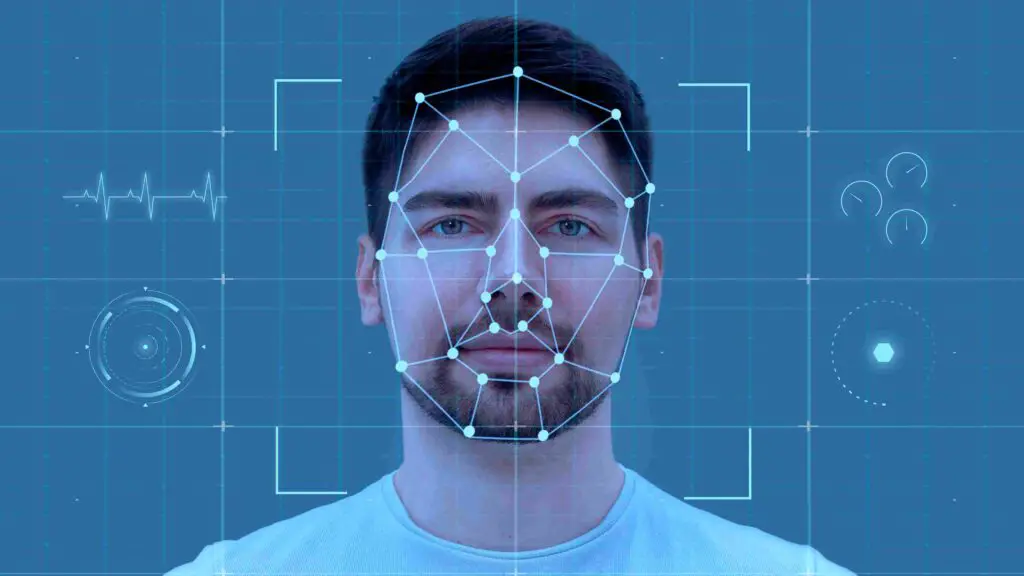
Deepfake technology has rapidly advanced, enabling AI to generate highly realistic yet entirely fake videos, images, and voices. This technology, powered by generative adversarial networks (GANs), has been used for both entertainment and malicious purposes, raising serious ethical and legal concerns. From Brooke Monk deepfakes to Elizabeth Olsen deep fakes, celebrities, influencers, and even ordinary people are being targeted.
Beyond personal privacy violations, deep fakes are also being exploited for political misinformation, identity fraud, and disinformation campaigns designed to manipulate public opinion. As deep fake content continues to spread, the question arises: Can AI ethics keep up with this rapidly evolving challenge?
Understanding Deepfakes and AI-Generated Disinformation
How Deepfake Technology Works
Deepfakes are created using AI models trained on vast datasets of video, audio, and images. These models:
- Use deep learning techniques to swap faces in videos or generate entirely synthetic media.
- Employ voice cloning algorithms to mimic someone’s speech with high accuracy.
- Generate text-based misinformation through AI-powered fake news articles and chatbot-driven disinformation campaigns.
The Role of AI in Disinformation
- AI-driven bots amplify fake news and propaganda, making it harder to distinguish reality from fiction.
- Social media platforms struggle to detect and remove manipulated content before it goes viral.
- High-profile cases, like Emiru deepfake videos and Ice Spice deepfake scandals, highlight the increasing misuse of AI-generated content.
The Dangers of Deepfakes and Disinformation
Political Manipulation and Threats to Democracy
- AI-generated political deepfakes have been used to create fake speeches and fabricated news clips of world leaders.
- During elections, disinformation campaigns spread altered videos of candidates to influence voters.
Fraud, Scams, and Identity Theft
- Criminals use AI-generated voices to impersonate family members or executives in financial scams.
- Livvy Dunne deepfake incidents highlight the growing issue of AI-generated explicit content being used to harass and defame individuals.
Erosion of Trust in Media and Institutions
- Fake content leads to skepticism toward legitimate news sources, undermining public trust in journalism.
- False accusations based on AI-generated content can destroy reputations and careers.
Psychological and Social Impact
- Victims of deepfake exploitation suffer from anxiety, reputation damage, and cyberbullying.
- The spread of explicit AI-generated content, particularly involving celebrities and influencers, raises serious ethical questions.
Ethical Challenges in Tackling AI-Generated Misinformation
Balancing AI Innovation and Ethical Responsibility
- While AI tools enable creativity and efficiency, they must be developed with safeguards to prevent misuse.
- Tech companies must establish strict guidelines on how AI-generated content is used and shared.
Regulation and Legal Challenges
- Current laws struggle to keep up with the rapid development of deepfake technology.
- Many victims of deepfake manipulation, including Brooke Monk deepfake scandals, find little legal recourse due to lack of AI-specific regulations.
The Role of Big Tech in Ethical AI Development
- Social media platforms must invest in better detection tools to identify and remove deepfake content.
- Ethical AI frameworks, such as those taught in AI ethics courses, must be adopted industry-wide.
AI Solutions and Ethical Interventions
AI-Powered Detection of Deepfakes
- AI forensic tools use reverse image search and metadata analysis to verify the authenticity of digital content.
- Companies are developing real-time deepfake detection algorithms to combat manipulated media.
Fact-Checking and Digital Literacy Initiatives
- Governments and institutions promote activity guide AI ethics research reflection to help people critically assess digital content.
- AI ethics courses provide training on identifying AI-generated disinformation.
Policy Recommendations and Ethical AI Frameworks
- Countries are working on deepfake laws to criminalize malicious AI-generated content.
- Ethical AI organizations advocate for transparency in AI development and responsible use.
Future of AI Ethics in Combating Disinformation
Can AI Keep Up with AI-Generated Disinformation?
- The arms race between deepfake creators and AI detection tools continues to evolve.
- As AI improves, ethical and legal frameworks must adapt to prevent misuse while allowing innovation.
Role of Human Oversight in AI Ethics
- AI alone cannot solve the problem—human intervention is needed to assess ethical concerns and regulate content.
- Platforms should implement human-AI collaboration to review and flag deepfake content more effectively.
Next Steps in Building a Trustworthy AI Ecosystem
- Stronger AI ethics regulations and public awareness campaigns are necessary to fight deepfake threats.
- AI developers must prioritize ethical considerations in model design and deployment.
Conclusion
Deepfakes and AI-driven disinformation pose a serious threat to individuals, institutions, and democracy. Whether through political deepfake scandals, financial fraud, or celebrity-targeted AI content, the negative impact of deepfakes continues to grow.
To combat these challenges, AI ethics must evolve alongside the technology, incorporating detection tools, regulation, and public awareness initiatives. Ethical AI frameworks, AI ethics courses, and activity guide AI ethics research reflections will play a crucial role in shaping the future of responsible AI.
The question remains: As AI-generated content becomes more advanced, can ethical AI interventions keep up? The answer depends on the collective efforts of governments, tech companies, and society in ensuring AI is used responsibly and ethically.
AI researcher and data scientist specializing in deep learning and neural networks.
